Ground Floor of Experimental Theater in Phoenix
Blood Wedding
Orange Theatre’s reimagined Federico García Lorca’s 1932 Spanish play Blood Wedding is infused with go-go dancing, nineties sit-coms, contemporary television commercials, sexploitation, calypso, and some self-aware fourth-wall breakage. That’s a partial list. The danger with experimental theater is that audience members may feel cheated out of the satisfactions of a traditional play. Hence, experimental theater isn’t the most commercially successful or reliable type of art. The problem is partially that experimental theater is often stigmatized as “weird.” Especially if audiences are paying for theater, they might not want to gamble on what is “weird.” Additionally, this stigma isn’t necessarily unearned in experimental theater. Sometimes it truly possesses a chaotic, disjointed and unfamiliar quality. AKA “weird.” Enter Orange Theatre of Phoenix. In a city that provides tough soil for any theater, how does an experimental company navigate creating something that is both innovative and accessible? The answer: remarkably well.
The space was unheated, creating a cozy yet chilled, distant feeling—perfect for a play about a joyous wedding that is also (incidentally) loveless.
Blood Wedding was presented in the Levine Machine Building, a rented warehouse in downtown Phoenix. The audience, about thirty people on a night in December sat in orange chairs under blankets and sporting hats. The space was unheated, creating a cozy yet chilled, distant feeling—perfect for a play about a joyous wedding that is also (incidentally) loveless. In matching form, the stage held warm lighting but was mainly bare besides several televisions, plenty of wires, and obtrusive technical cords. Dramaturg Joya Scott (who also translated this play from its original Spanish) explained how the company wanted to “integrate the technology into the dramaturgy.”
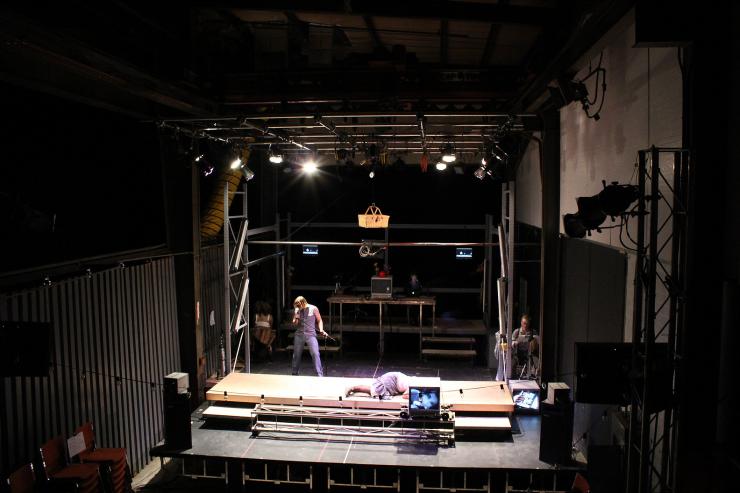
Indeed, this play was highly-media oriented, but instead of media being a neat visual trick (!), the televisions held as much power as the actors on stage. One sat far downstage on a track that allowed it to slide, or more accurately, be heaved across the stage. “TVs take up space. They’re not decoration,” said Scott. The screens served a variety of purposes from delivering close-ups of characters in real-time to projecting the Nurse, a character that only appeared on video, to capping a scene, in which marriage is discussed as business, with a Zales diamond ad. These symbolic choices are just some examples of Orange Theatre’s experimental techniques that offered the audience something to grab onto, instead of complete chaos. The connections weren’t a wild stretch, but they weren’t over-simplified.
Orange Theatre’s website offers its mission as a kooky story about killing an old horse (read: conventional theater) and using its carcass to make something new. Then, the company outlines two key points of their work. A) They are aware their work happens in America, so that shouldn’t be ignored and will shade the art. B) Similarly, this art is being created now in the twenty-first century. Blood Wedding is a Spanish play about a bride betrothed to a man her family wants her to marry although she is still in love with her old flame. The play was written in the thirties, but in accord with Orange Theatre’s mission, it is being produced today for a reason.
Some of those webs connecting the original source material to here and now bloom as experimental choices—like the Groom’s Mother whose hand is never not clutching an iPhone or the unhappy go-go dance breaks the Bride takes, grimacing all the while. The phone might enforce the play’s theme of how, sadly, tight we hold our surface-level reputations. The Bride’s forced dance is a blown-up interpretation of her inability to be excited about her own wedding. Maybe. One can only hypothesize when the oddities are coming fast and loose. As I got lost in the play’s nuances, I wondered if my theories were on point, if I was off, or if there was no meaning implied at all. After all, if a piece of experimental work tries to say too much, it runs the risk of not saying anything. According to Orange Theatre artistic director and director of Blood Wedding Matt Watkins, “There’s a line between interesting and useless.”
I spoke with Watkins after the show. “We’re really committed to developing an experimental arts scene in Phoenix,” he said. Hot cocoa and a few drinks were being sold cheaply at a small table where donations were accepted. It is part of Orange Theatre’s mission that all their shows be “pay-what-you-can,” which definitely makes it easier to take a chance and view experimental work. Orange Theatre strives to build a community around their art. Post-show people milled around the space peeking at raffle prizes donated by local businesses and discussing what they had just seen.
The adaptation was an extremely complex portrayal of Lorca’s classic. Although many themes could be derived from the expansive piece, for me the play was mostly about the repression of women’s needs. Watkins’ and I ended up discussing the gender politics the play presented. The Bride (played by a very vibrant Katrina Donaldson) had her lines voiced by another actress (Carrie Fee) who mangled her voice via tech on stage to sound like a combination of Alvin (of chipmunk fame) and a distressed valley girl. The result? Donaldson mouthed her words while over the loudspeaker boomed the lines of an emotionally-stunted child with a vocal fry.
Scott told me the company had found inspiration from My So-Called Life, an American teen drama television series, early in the development process. In a lucky coincidence, Scott pointed out that Donaldson’s feet would look fidgety during rehearsals, an endearing and angsty mannerism shared by Claire Danes in the teen drama. Until Scott told me about the television inspiration, I hadn’t thought at all about the show in that light. But once she mentioned it, I realized I had felt a similar “female stuckness” while watching the play as I had as a young teen watching Danes navigate high school. The original play text in itself certainly explores the sadness of a young woman forced into a major life decision. When the Bride also sounds like a bratty teen, other characters’ advice that she just has cold feet rings in a new oppressive clarity.
Beyond gender, Watkins began discussing his philosophy as a director. “We’re trying to make things that can only be talked about by performing them,” he said—the type of sentence people, who eschew experimental theater, might imagine coming from a thin-lipped, beret-wearing artist. But Watkins continued, “Our tendency [as a society] is to turn things into words.” He inferred that life is more complex than words, and even more complex than the straightforward symbols typical theater can offer.
Watkins’ explains his aesthetic as “prismatic”—allowing for gaps within the work for the audiences to confront what ideas they bring into the theater with them. “Plays often close avenues for refraction, to minimize what you bring to the play” he said, “We try to maximize.” We discussed one detail of the show in particular—the layout of the stage. At some point during the design devising someone had suggested the play, which is part of Lorca’s Trilogy of the Spanish Earth, appear as a landscape. Watkins told me he saw the horizontal movements of actors across the stage, the sliding television, the lines as reminiscent of carnival games where tin horses race across a track. I hadn’t thought of the image while viewing the play, but once considered the idea worked on multiple levels. Perhaps the repetitive and strict feeling of such a depiction had been implanted in my brain without full consciousness. Watkins commented on how the whole play could have been designed with a carnival theme in mind, but that might have shoved certain themes of entrapment and the game-play of relationships down the throats of audiences. “It’s not about ‘look how clever they are.’ Little themes put us in a box instead of spreading us out,” said Watkins.
Yet despite the play’s open pastiche, it avoided the full confusion some experimental theater can bring by staying ultimately grounded in a very reliable text, albeit in an unorthodox reading of it. My favorite part of the play was perhaps when the Bride is discovered missing from the wedding and another actor, out of character, gripes, “I hate this scene,” and the company slugs through a few lines about needing to find the runaway Bride in the woods. However, the structure of the original tale was still always respected and present—serving as a landing pad whenever I spent too long considering what the ballet projected on a corner television could mean.
As the night wrapped up, I mentioned to Watkins how difficult it can be to start new art in Phoenix, but how it is also a bit thrilling to “get in on the ground floor.” He responded, “We are the ground floor.” The production of Blood Wedding I saw was a “60 percent done” product in its second iteration. The company plans to showcase its third iteration this summer during Association for Theater in Higher Education’s conference (which will be held in Scottsdale). Scott told me the company is intent on truly developing pieces, “taking the time it needs to take.” In Watkins words, “If we know what we’re doing and how to do it, we’re not really experimental.”

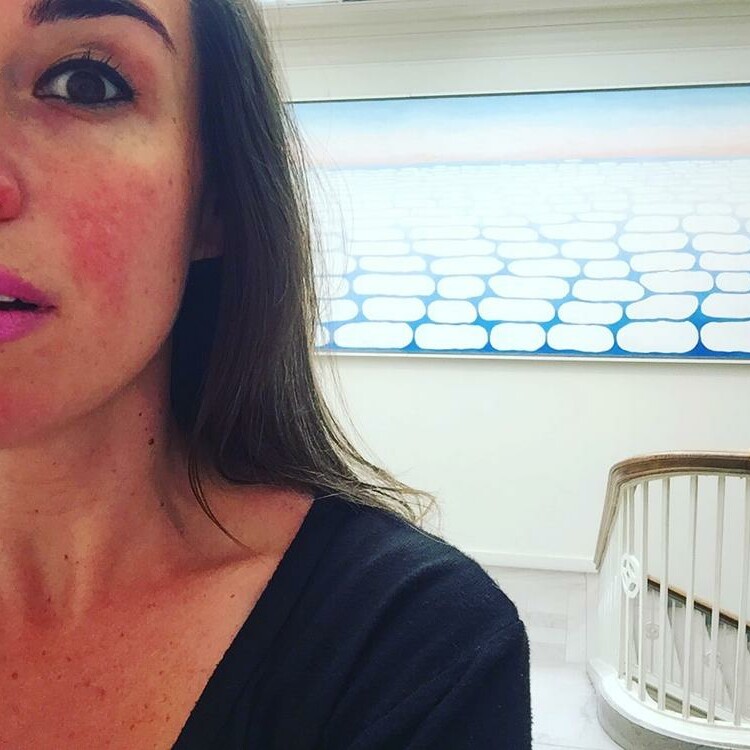
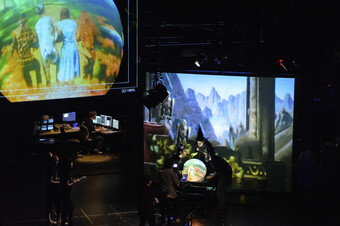

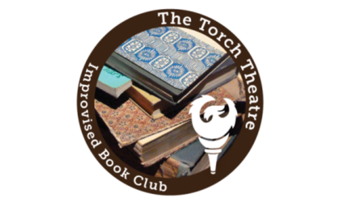

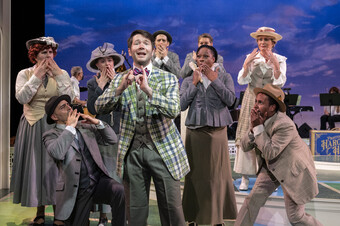

Comments
The article is just the start of the conversation—we want to know what you think about this subject, too! HowlRound is a space for knowledge-sharing, and we welcome spirited, thoughtful, and on-topic dialogue. Find our full comments policy here
Excited that this is being included as part of the ATHE conference. I'm very intrigued, especially since Lorca in America seems relegated to only having his dramas performed. At least this one is bringing a standard into new light.